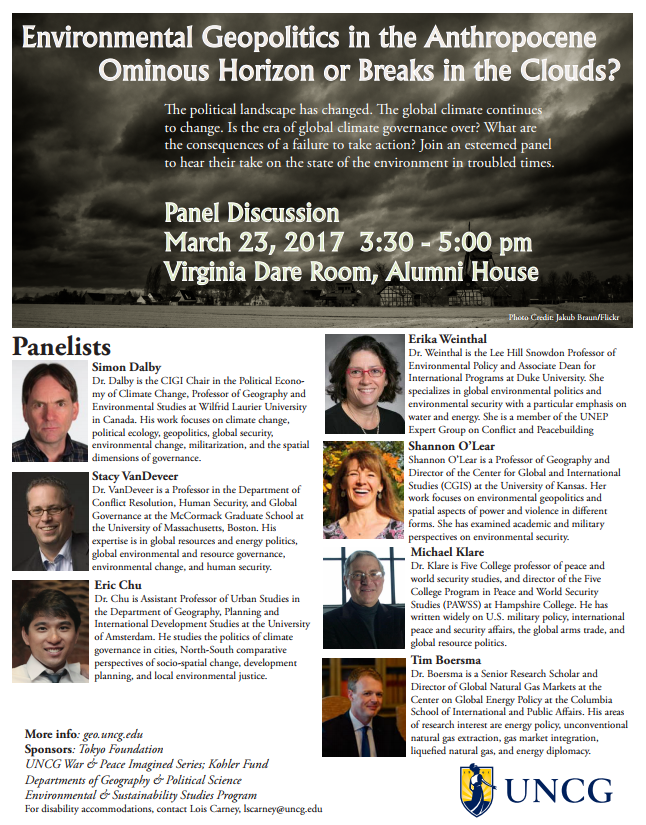There has long been a correlation between terrorism and tourism, as terrorist attacks can reduce tourist arrivals at certain destinations until the unrest subsides. Farhad Nazir (University of Coimbra, 2022) undertook a study on the impact of terrorism on tourism arrivals and income by analyzing 30 years of data. This Voices article is based on a book chapter that was originally published in the Research Handbook on Tourism, Complexity and Uncertainty.
* * *
Analyzing the Global Terrorism Database (START, 2022) provides evidence that almost every country in the world has experienced terrorist attacks. Since the second half of the twentieth century, terrorism has become a method of armed, institutionalized, and geographically widespread conflict (Seabra, 2019). There has been a proliferation of armed conflict in recent years, with the most influential phenomenon for geopolitical change being terrorism (Cutter, Richardson, & Wilbanks, 2003). Since the late 1960s, terrorist attacks have become more brutal and violent, far more organized, and geographically disseminated (Reisinger & Mavondo, 2005). International and domestic terrorism (perpetrated by national or international groups) have become a fact of modern life since the 1980s.
The impact of terrorism on the economy and society has been extensively documented in the literature on tourism (Blomberg, Hess, & Orphanides, 2004; Crain & Crain, 2006; Enders & Sandler, 1996; Krueger & Maleckova, 2003; Llussá & Tavares, 2007). Researchers in the 1980s predicted a substantial increase in terrorist attacks in the future, speculating that terrorist groups would continue to select vulnerable targets, attacks would become more indiscriminate, and terrorism would become more institutionalized and geographically widespread as a method of armed conflict (Atkinson, Sandler, & Tschirhart, 1987).
By attacking tourism targets, terrorist organizations gain publicity and achieve strategic and ideological goals by attracting attention to their message of opposition (Seabra, 2019). This unhappy match and the embedded dimensions and consequences for tourism demand and supply have been exhaustively contemplated in academic research since the 1980s. There has long been a close link between terrorism and tourism, but a number of high-profile attacks have brought a paradigm shift in demand and supply of the tourism system (Avraham, 2020).
Terrorist organizations appear to have become mainly focused on communicating a message to the largest possible audience: the 1972 attack during the Munich Olympics reached an audience of 800 million viewers (Schmid & De Graaf, 1982); the kidnapping of the Achille Lauro cruise ship in 1985 attracted global attention for weeks; and 9/11 in New York in 2001 showed the world that terrorists were willing to attack defenseless civilians in pursuing their objectives.

The 9/11 Memorial & Museum, located at the site of the former World Trade Center in New York. ©Chris Hepburn / Getty Images
My research focuses on the impact of terrorism events on the tourism industry. Specifically, I analyzed how the number of terrorist events over the past 30 years (1991–2019), retrieved from the Global Terrorism Database (START, 2022), has impacted tourism income and arrivals in various regions, as classified by the UN World Tourism Organization (UNWTO): North Africa; Sub-Saharan Africa; North, South, and Central America; the Caribbean; Northeast, South, and Southeast Asia and Oceania; Northern, Central/Eastern, Southern/Mediterranean Europe; Western Europe; and the Middle East. Using a Pearson correlation coefficient and a linear regression method, I measured the impact of terrorism events on tourist arrivals and tourism income generation for each UNWTO region.
Positive and Negative Impacts
For this study I worked with colleagues Claudia Seabra, assistant professor at the University of Coimbra, and Sunil Tewari, assistant professor at the Central University of Kerala. The study was empirical in nature, conducted through both qualitative and quantitative methods. To examine the association between terrorism events (predictor variable) and tourist arrivals and tourism income (outcome variables), a Pearson correlation coefficient was used. In the context of this study, terrorism events were regarded as independent variables and tourist arrivals as a dependent variable. Further, with the help of a linear regression method, the impact of terrorism events on tourist arrivals and tourism income was measured separately.
Terrorism is a serious, global concern for both domestic and cross-border tourism, which has been subject to immense and lasting impacts. Our analysis of the impact of terrorism events over the last 30 years in the UNWTO regions indicates that there have been both positive and negative impacts on tourist arrivals. In regions like South America, Central America, the Caribbean, Northeast Asia, Oceania, Southern/Mediterranean Europe, and Western Europe, the number of tourists decreased significantly. Conversely, in regions such as North Africa, Sub-Saharan Africa, North America, South Asia, Southeast Asia, Northern Europe, Central/Eastern Europe, and the Middle East, the number of tourists increased.
Similarly, tourism income significantly decreased due to terrorism events in such regions as South America, Central America, the Caribbean, Northeast Asia, Oceania, Southern/Mediterranean Europe, and Western Europe, whereas in regions like North Africa, Sub-Saharan Africa, North America, South Asia, Southeast Asia, Northern Europe, Central/Eastern Europe, and the Middle East, tourism income increased from 1991 to 2019.
Key Insights
This study offers several insights that have theoretical, academic, and institutional implications. Theoretically, we have corroborated the link between terrorist attacks and fluctuations in tourist arrivals and income. On the academic discourse front, this study has identified important dimensions and perspectives in envisaging the statistical variances, nature, and consequences of terrorist attacks. And for institutions and legal entities, both public and private, this endeavor has identified the key grey areas that need to be emphasized prior to, during, and after terrorist incidents.
Tourism destinations need to readdress conventional crisis management plans and blueprints, as existing institutional frameworks, governance legislation, and environmental landscapes may be inadequate to cope with fluctuating global conditions. The empirical results of this study suggest that a surge of terrorism events significantly impacts tourist arrivals and tourism income for a short duration. But after some time passes, tourists are even more curious to explore such destinations. International tourist arrivals will decline in the long run compared to domestic tourists, since international tourists want to avoid any kind of risk in their travel plans. In destinations affected by terrorism, governments and tourism organizations need to address safety measures and build marketing and promotion plans to reclaim their natural tourism markets.
Finally, I would like to acknowledge that this research received support from the Centre of Studies in Geography and Spatial Planning in Portugal, funded by the Foundation for Science and Technology, and from the Ryoichi Sasakawa Young Leaders Fellowship Fund of the Tokyo Foundation for Policy Research.
References
Atkinson, S., Sandler, T., & Tschirhart, J. (1987). Terrorism in a Bargaining Framework. Journal of Law and Economics, 30(1), 1–21.
Avraham, E. (2020). Combating Tourism Crisis following Terror Attacks: Image Repair Strategies for European Destinations since 2014. Current Issues in Tourism, 24(8), 1079–1092.
Blomberg, S., Hess, G., & Orphanides, A. (2004). The Macroeconomic Consequences of Terrorism. Journal of Monetary Economics, 51, 1007–1032.
Crain, N., & Crain, W. (2006). Terrorized Economies. Public Choice, 128, 317–349.
Cutter, S., Richardson, D. & Wilbanks, T. (2003). The Geographical Dimensions of Terrorism. New York: Routledge.
Enders, W., & Sandler, T. (1996). Terrorism and Foreign Direct Dnvestment in Spain and Greece. Kyklos, 49, 331–352.
Krueger, A., & Maleckova, J. (2003). Education, Poverty and Terrorism: Is There a Causal Connection? Journal of Economic Perspectives, 17(4), 119–144.
Llussá, F., & Tavares, J. (2007). Economics and Terrorism: What We Know, What We Should Know and the Data We Need. In P. Keefer & N. Loayza (eds), Terrorism, Economic Development, and Political Openness (pp. 233–254). Cambridge: Cambridge University Press.
Reisinger, Y., & Mavondo, F. (2005). Travel Anxiety and Intentions to Travel Internationally: Implications of Travel Risk Perception. Journal of Travel Research, 43(3), 212–225.
Schmid, A. P. & De Graaf, J. (1982). Violence as Communication. Beverly Hills, CA: Sage.
Seabra, C. (2019). Terrorism and Tourism Revisited. In A. Correia, A. Fyall, & M. Kozak (eds), Experiential Consumption and Marketing in Tourism: A Cross-Cultural Context (pp. 57–75). Oxford: Goodfellow Publishers.
START (University of Maryland National Consortium for the Study of Terrorism and Responses to Terrorism) (2022). Global Terrorism Database. https://www.start.umd.edu/gtd/.





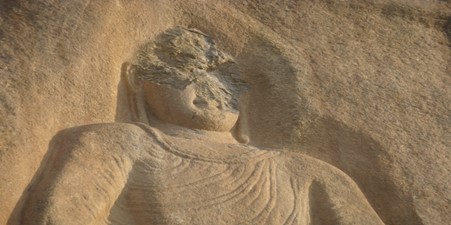
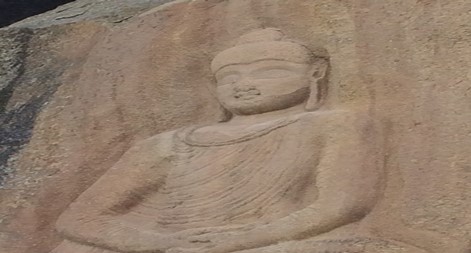





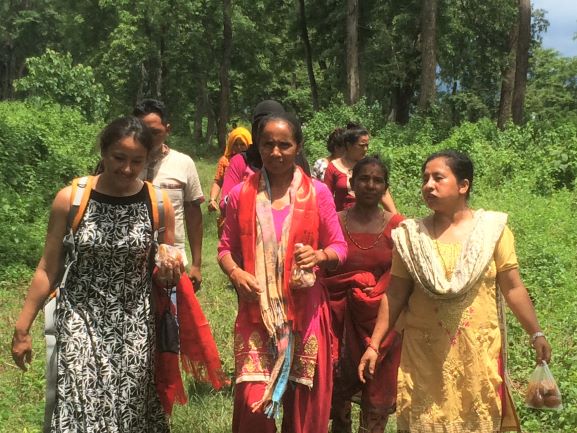
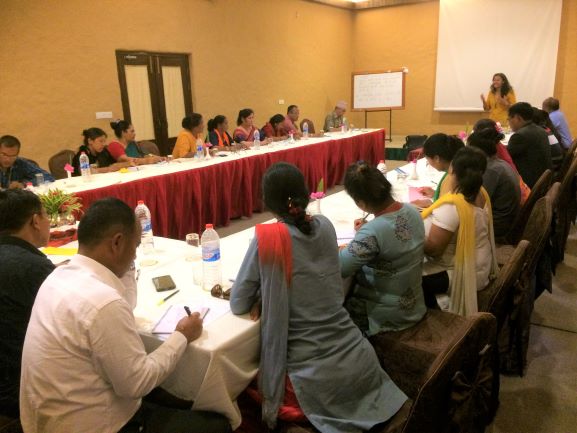
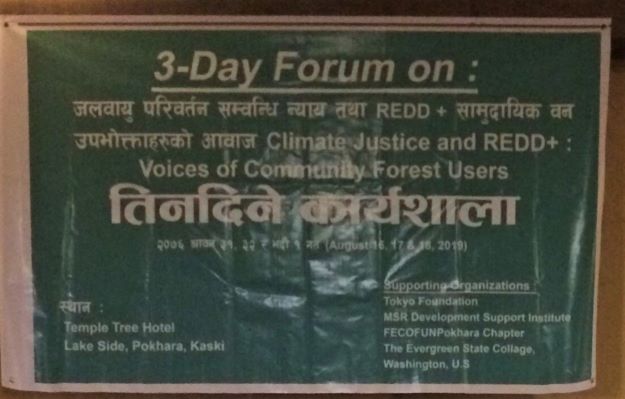
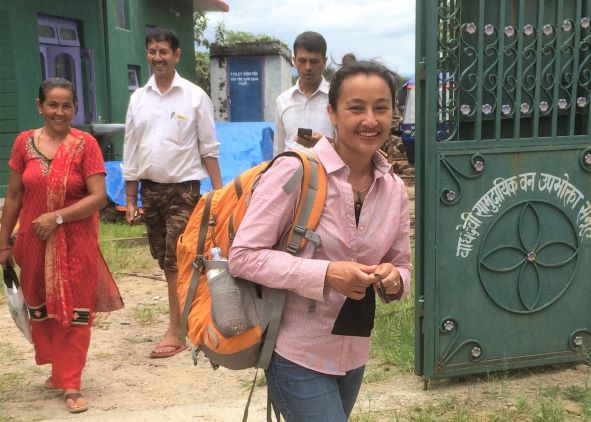
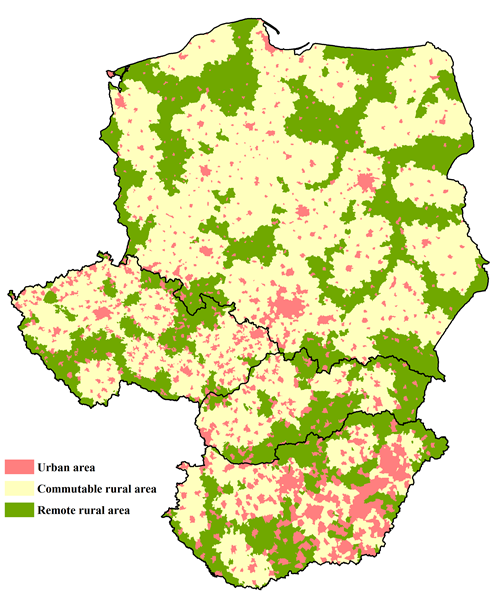
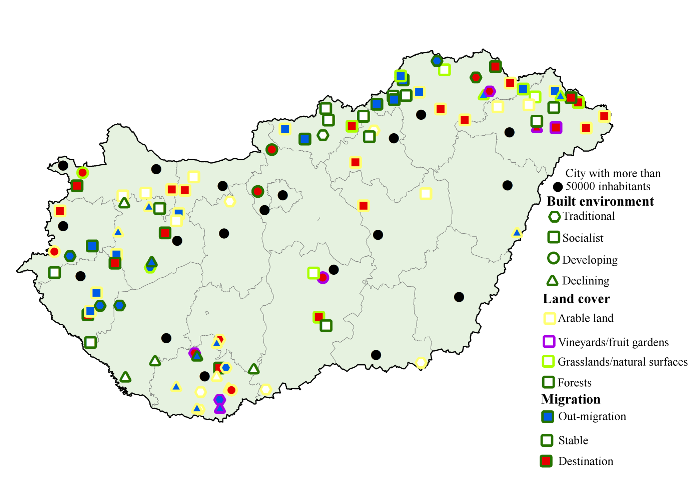

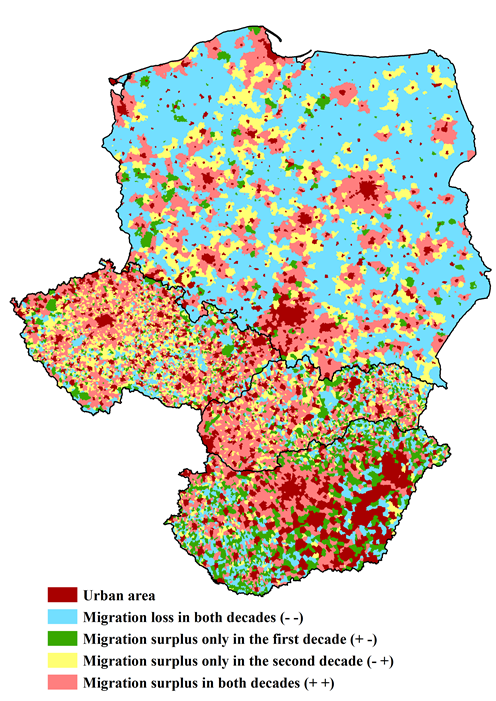
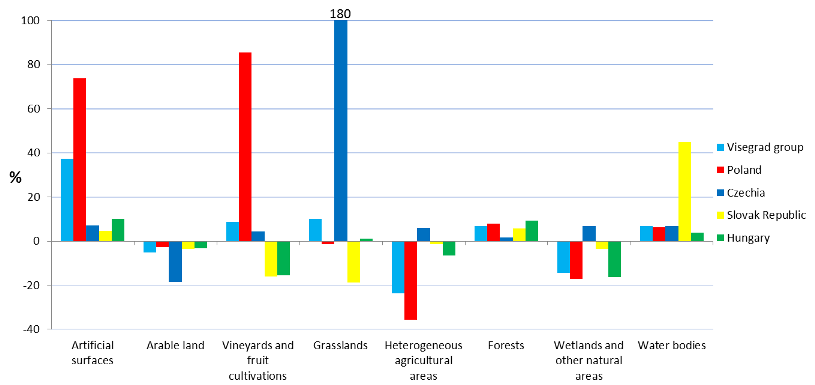
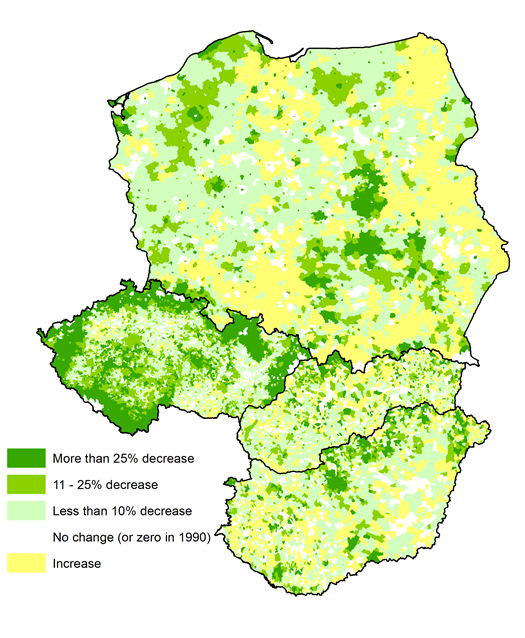
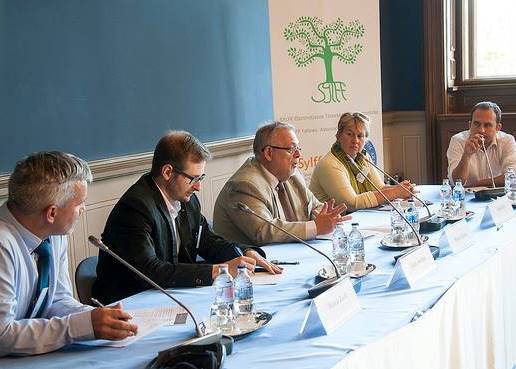

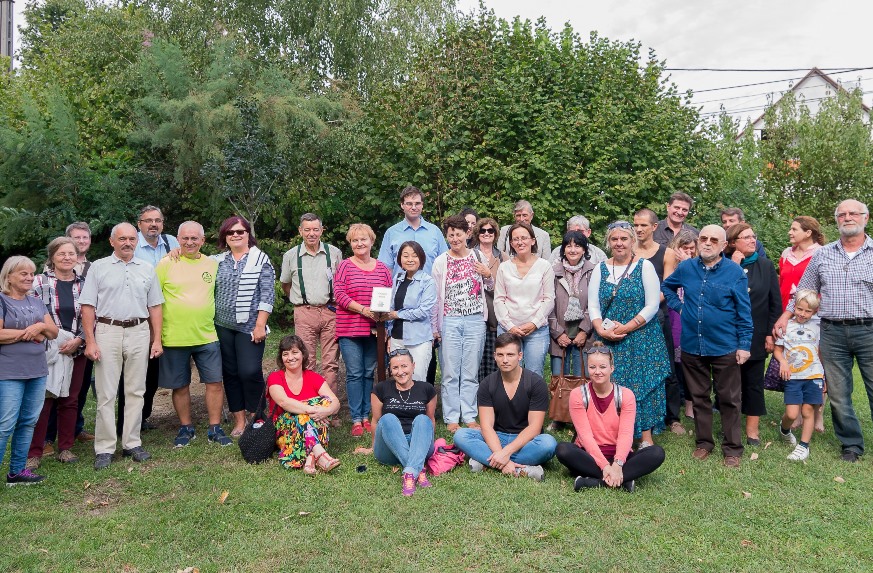

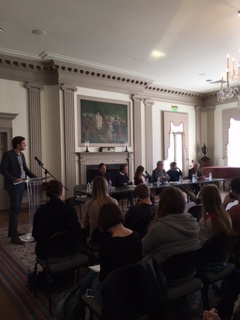
 Even as political winds shift and policy priorities change in the short term, the longer-term challenges of the unbending curve of growing resource consumption, a hotter planet, and the unsustainability of how economic growth has historically been achieved remain as vexing as ever. It is abundantly clear that the very health of the planet and of humankind hinges on our ability to successfully address the problems of constrained natural resources in an epoch where humans are themselves a serious geophysical force. The forum was framed by considering geographic and temporal scales together, and the following assumptions informed and provided material for further discussion:
Even as political winds shift and policy priorities change in the short term, the longer-term challenges of the unbending curve of growing resource consumption, a hotter planet, and the unsustainability of how economic growth has historically been achieved remain as vexing as ever. It is abundantly clear that the very health of the planet and of humankind hinges on our ability to successfully address the problems of constrained natural resources in an epoch where humans are themselves a serious geophysical force. The forum was framed by considering geographic and temporal scales together, and the following assumptions informed and provided material for further discussion: